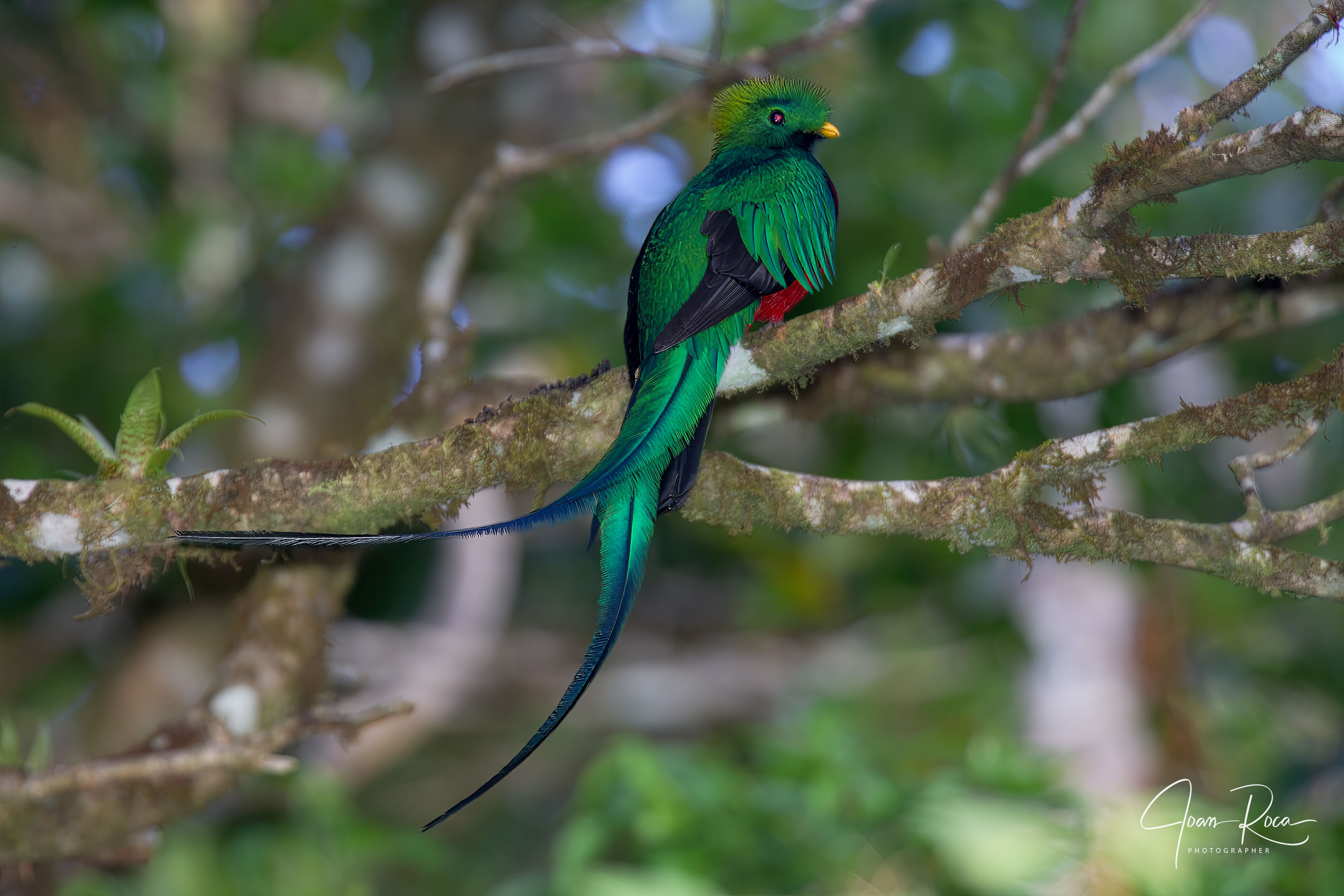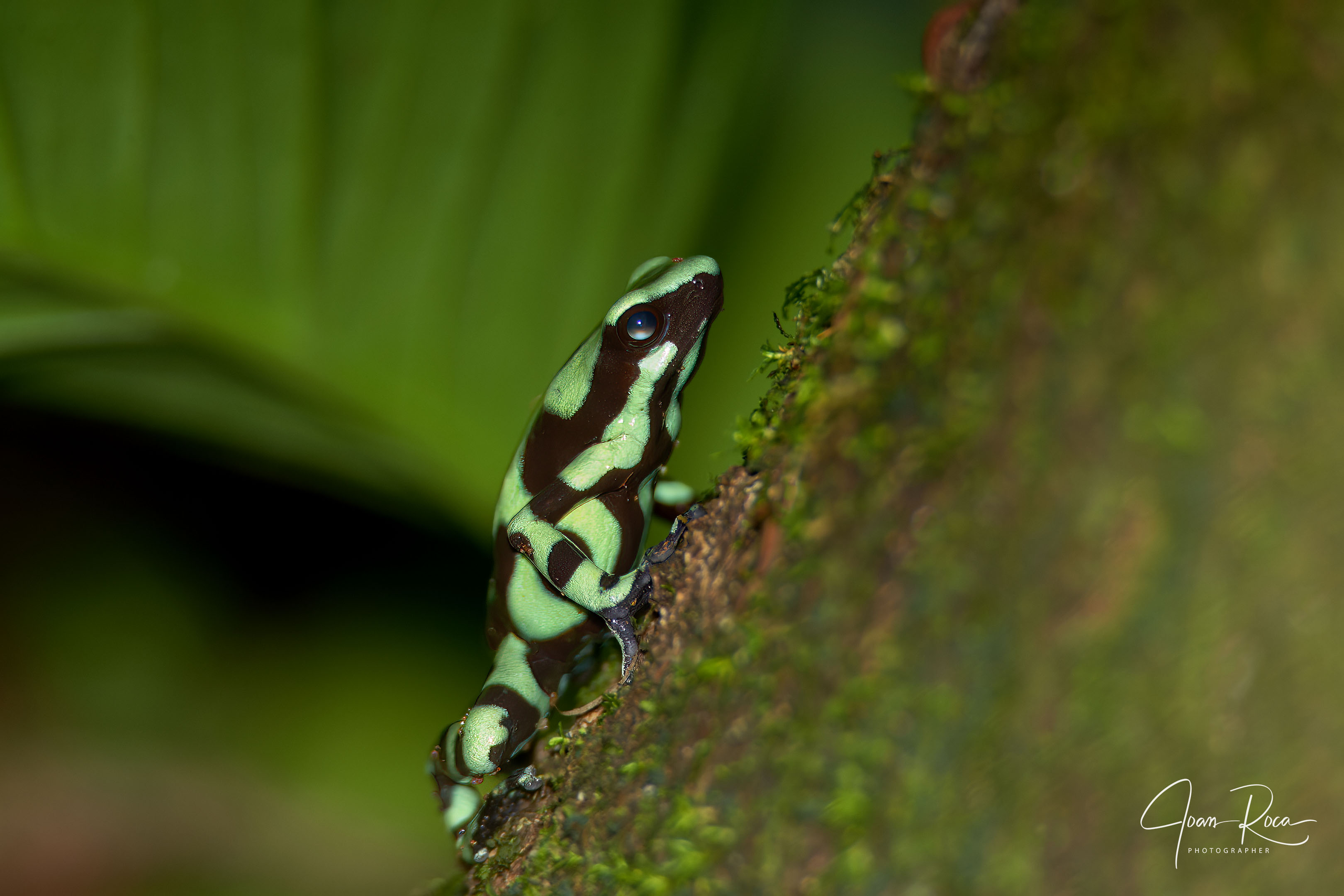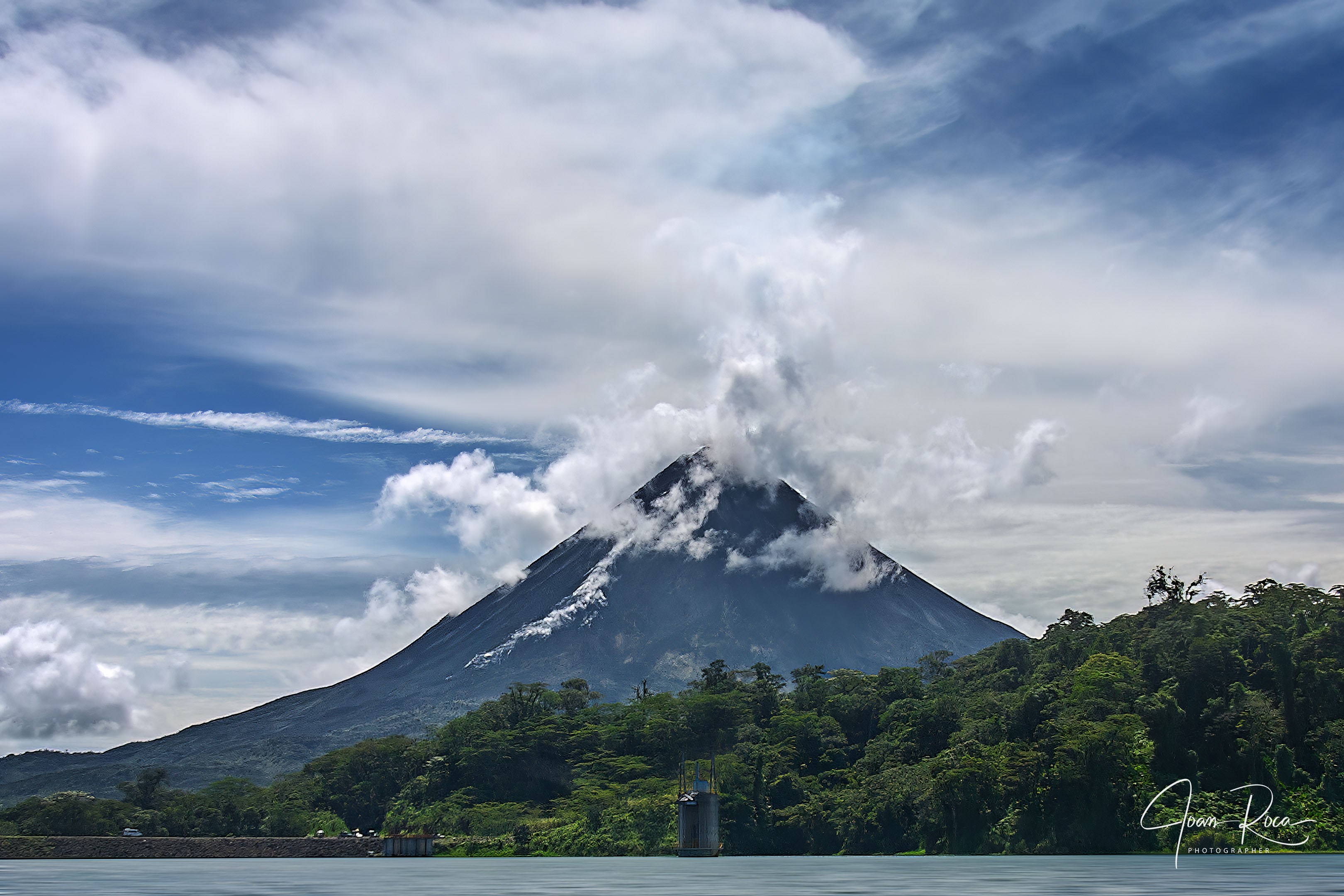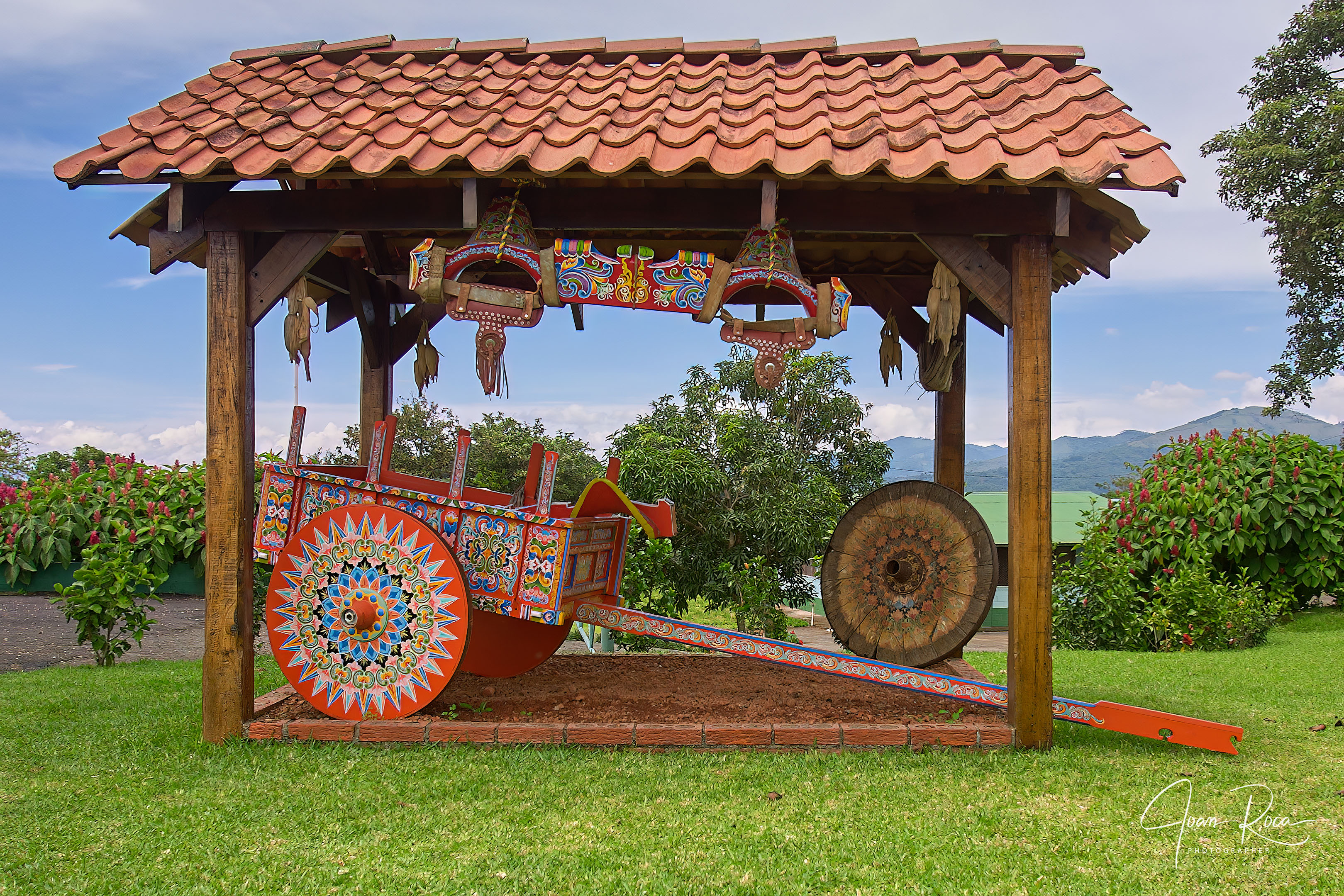Fotografía
Una muestra de mi trabajo fotográfico a lo largo de los últimos años, en galerías temáticas.
Galerías de Costa Rica
Costa Rica is located on the Central American isthmus, 10° North of the equator and 84° West of the Prime Meridian. It borders both the Caribbean Sea (to the east) and the North Pacific Ocean (to the west), with a total of 1,290 kilometers of coastline (212 km on the Caribbean coast and 1,016 km on the Pacific.
Costa Rica also borders Nicaragua to the north (309 km of border) and Panama to the south-southeast (639 km of border). In total, Costa Rica comprises 51,100 square kilometers plus 589.000 square kilometers of territorial waters.
The highest point in the country is Cerro Chirripó, at 3,820 metres, and is the fifth highest peak in Central America. The highest volcano in the country is the Irazú Volcano (3,431 m) and the largest lake is Lake Arenal.
Costa Rica also comprises several islands. Cocos Island stands out because of its distance from continental landmass (24 km²), 480 km from Puntarenas coast), but Calero Island is the largest island of the country (151.6 km²).
Costa Rica is home to a rich variety of plants and animals. While the country has only about 0.1% of the world’s landmass, it contains 5% of the world’s biodiversity. Around 25% of the country’s land area is in protected national parks and protected areas, the largest percentual of protected areas in the world. One national park that is internationally renowned among ecologists for its biodiversity (including big cats and tapirs) and where visitors can expect to see an abundance of wildlife is the Corcovado National Park. Corocovado is the one park in Costa Rica where all four Costa Rican monkey species can be found. These include the White-headed Capuchin, the Mantled Howler and the endangered Geoffroy’s Spider Monkey. They also include the Central American Squirrel Monkey, which is found only on the Pacific coast of Costa Rica and a small part of Panama, and was considered endangered until 2008 when its status was upgraded to vulnerable.
Tortuguero National Park — the name Tortuguero can be translated as “Full of Turtles” — is home to spider, howler and white-throated Capuchin monkeys, the three-toed sloth, 320 species of birds, and a variety of reptiles, but the park is recognized for the annual nesting of the endangered green turtle and is the most important nesting site for the species. Giant leatherback, hawksbill, and loggerhead turtles also nest there.
The Monteverde Cloud Forest Reserve is home to about 2,000 plant species, including numerous orchids. Over four hundred types of birds and over one hundred species of mammals can be found there. As a whole, around eight hundred species of birds have been identified in Costa Rica. The Instituto Nacional de Biodiversidad is allowed to collect royalties on any biological discoveries of medical importance.
Costa Rica and parts of Panama are home to the vulnerable Central American Squirrel Monkey. Deforestation, illegal pet-trading and hunting are the main reasons for its threatened status. Costa Rica is also a center of biological diversity for reptiles and amphibians, including the world’s fastest living lizard, the spiny-tailed iguana (Ctenosaura similis).





